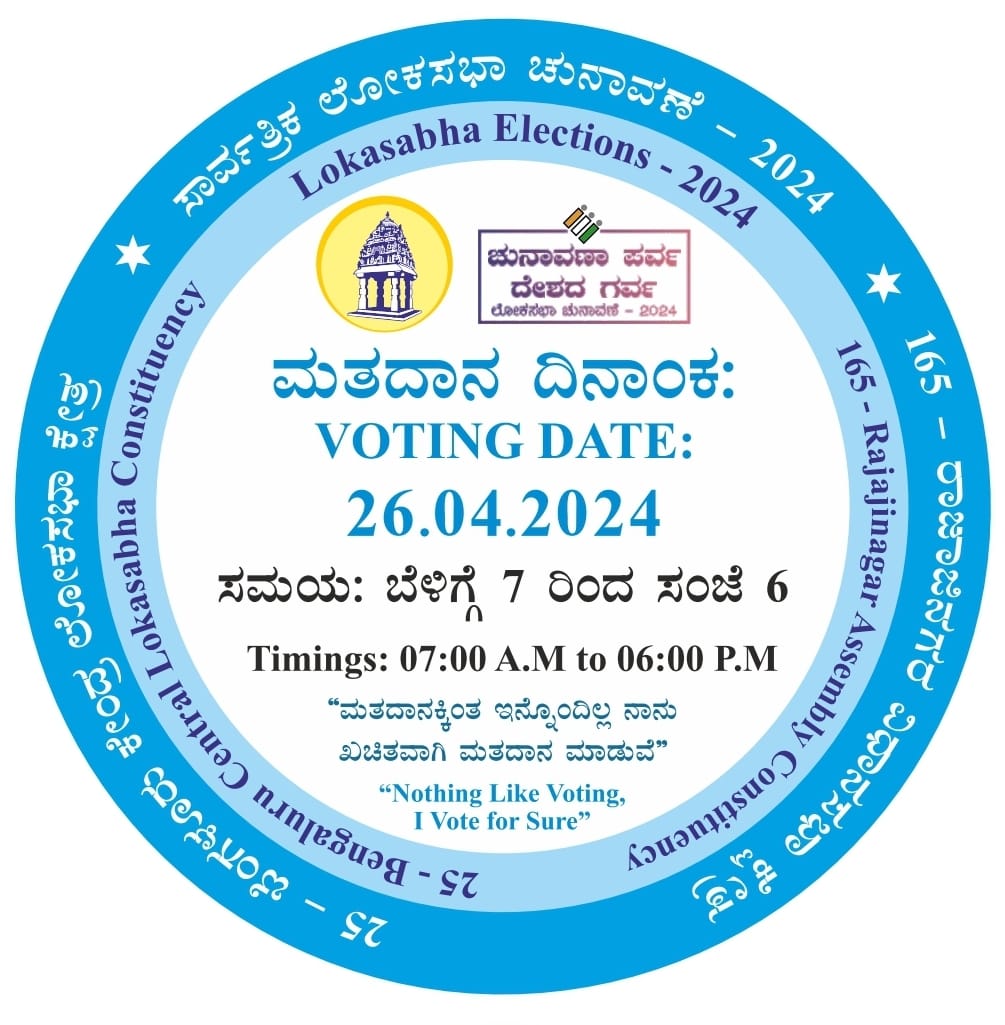Canberra, Jun 17 (360info) New data shows how much Australians have turned away from news content, but the figures also offer clues as to what can get them back.
Australians are tired of the news.
According to the latest Digital News Report: Australia, two in five people (41 per cent) say they’re worn out by the volume of news, a 13 percentage point rise since 2019.
It’s not hard to see why: in 2023 alone, the news was full of divisive and distressing subjects, from new wars in the Middle East to the continuing conflict in Ukraine, the contentious Indigenous Voice referendum and climate disasters unfolding across the globe.
Log on lethargy Some people are more worn out than others. Those who use social media as their main source for news report higher rates being worn out (47 per cent) than those who turn to television (36 per cent).
Since 2019, the proportion of Australians who mainly access news on social media has gone up 7 percentage points, from 18 per cent to 25 per cent.
Women are more likely to experience news fatigue. This may also be tied to where they generally receive their news from, with 60 per cent of Gen Z respondents using social media as their main news source and 28 per cent getting their news from these platforms exclusively.
Those who encounter news while using social media platforms are much more likely to report news fatigue (44 per cent) than those who mainly go directly to news websites or apps (35 per cent).
This data strongly suggests that the crowded online environment, and in particular, social media can make people feel overwhelmed by the volume of information and find it difficult to manage and make sense of it.
These people also tend to be lighter news consumers. Heavier news consumers experience less ‘fatigue’. This tells us the more people engage with news, the more equipped they feel to manage it.
Another reason that news consumers might be tired of news is that many of them are exposed to misinformation online (61 per cent). Especially for those who rely on social media, there is a risk that they fatigue and disengage from news because it requires too much effort to constantly verify information.
Australians’ concern about misinformation has been going up for years and has increased by 11 percentage points since 2022. Now, three in four Australians say they are concerned about it. Those who are concerned about misinformation report higher levels of news fatigue (46 per cent) than those who are not (35 per cent).
Gaps in news provision People may be worn out because, when they come across news, it might not be what they were looking for. Many social media users are scrolling past news content that just doesn’t interest them or isn’t relevant to their lives.
The data shows a big gap between the topics that some social groups are interested in and the availability of news coverage on those issues. Women also want more news about mental health and wellbeing, as well as stories about personal security. Overall, there is a larger gap between women’s interest in certain topics and their perception of available news coverage of them.
The news media’s failure to meet the needs of the female audience is an ongoing issue and has led to a steep decline in news consumption, especially among younger women. This is low-hanging fruit for the news industry if they are wanting to attract wider audiences.
Managing overload One of the big problems related to news fatigue is cognitive overload, which can cause people to avoid news. In fact, almost all (91 per cent) news consumers who say they are worn out by the amount of news they encounter also say they intentionally avoid it.
Other research supports this, showing that one key reason people avoid news is that they are worn out by the amount of news.
People avoid news in different ways. Some turn away from it all together, while others are more selective and choose to avoid certain topics or have a break at particular times of the day.
This does not mean that audiences would necessarily miss important information, since their overall level of news consumption can still be high, but it does mean they can take a break. However, if avoidance results in a long term disengagement, where audiences do not consume any news at all, it becomes a societal problem.
This year’s data shows that about 7 per cent of Australians fall into this category. These people say they access news less than once a month or not all. This figure jumps to 12 per cent among Gen Z women.
The premise of a healthy democracy is based on informed citizens who are willing to participate in society. However, with the rising dependence on social media to access news, a growing proportion of the community will only be informed if they encounter credible news about issues that interest them.
Without trusted news sources, people might come to see the process of news consumption as laborious like scrolling through an endless sea of information content.
So, to reduce fatigue, people need to be more selective about the news they consume to get more of what they are genuinely interested in at times of their choosing; while news organisations need to make sure that content is available to so far undervalued sections of the community. (360info.org) PY PY





